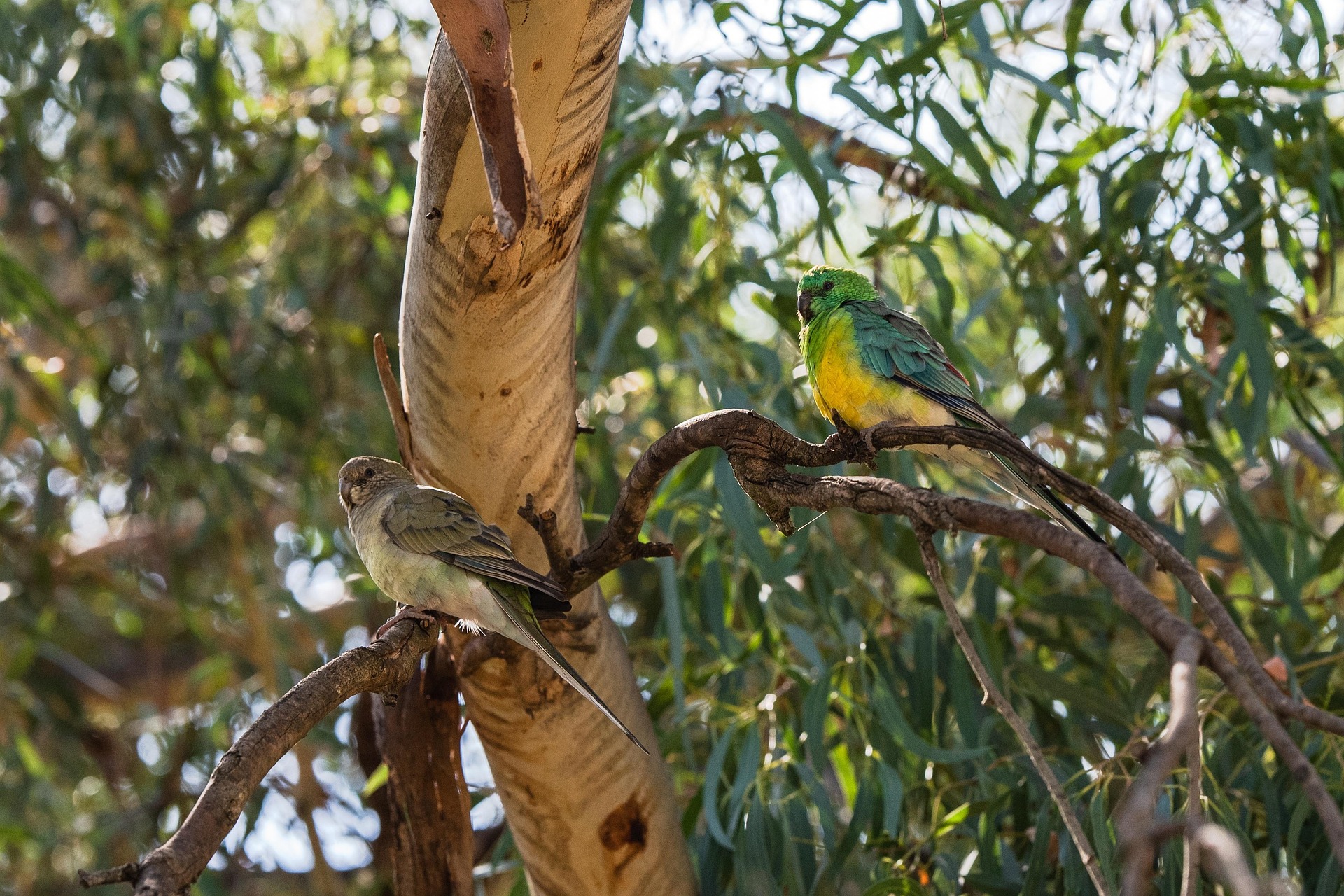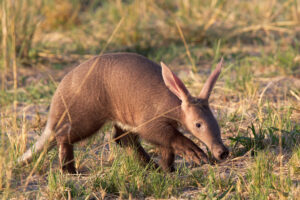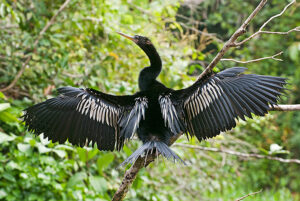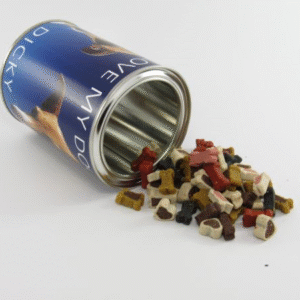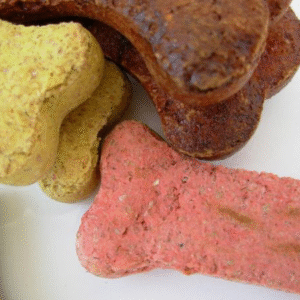The Red Rumped Parrot (scientific name Psephotus haematonotus) is one of the most striking and vibrant species native to Australia. Known for its stunning plumage, energetic nature, and adaptability to various habitats, this parrot has captured the hearts of bird enthusiasts and nature lovers alike. Let’s dive into the fascinating world of the Red Rumped Parrot and explore what makes this species so unique.

Physical Appearance: A Feast for the Eyes
As one of the most colorful parrots in Australia, the Red Rumped Parrot is a true spectacle to behold. The males, in particular, sport a brilliant mix of colors that include a vivid red rump and blue-green feathers across their back and wings. Their face, neck, and chest are a light greenish-yellow, while the underparts are pale, giving them a delicate yet vibrant look.
Females and juveniles, on the other hand, have a more subdued palette. While they still exhibit the greenish-yellow tones, their red rump is less prominent, and they have more of a brownish or dull greenish hue overall.

Habitat and Range: A Love for Open Woodlan
Red Rumped Parrots are found across much of Australia, particularly in the southern and central parts of the country. Their preferred habitat includes open woodlands, grasslands, and shrublands. They tend to avoid heavily forested areas, favoring places with plenty of trees for nesting and open spaces for foraging. These parrots are often seen in flocks, creating a lively atmosphere wherever they go.
Diet and Feeding: A Balanced Diet of Seeds and Fruits

Like many parrot species, the Red Rumped Parrot is primarily herbivorous. Its diet consists of a variety of seeds, grasses, and fruits. They are particularly fond of the seeds of native grasses, which are abundant in their natural habitats. In addition to seeds, they may also eat berries and other fruits when available. These parrots are skilled foragers and often forage on the ground in search of food, though they are also adept at feeding from trees and shrubs.
Breeding and Nesting: A Nest in the Trees
Red Rumped Parrots are cavity nesters, meaning they typically nest in the hollows of trees. During breeding season, males display their colorful plumage to attract females, often performing impressive aerial displays. Once paired, the female lays her eggs in a tree hollow, where both parents take turns incubating the eggs and feeding the chicks once they hatch.
Their breeding habits are relatively typical of many parrot species, with both parents being actively involved in caring for the young. The chicks are initially dependent on the parents for food and protection, but as they mature, they become more independent and eventually join the larger flocks.
Behavior: Playful and Social
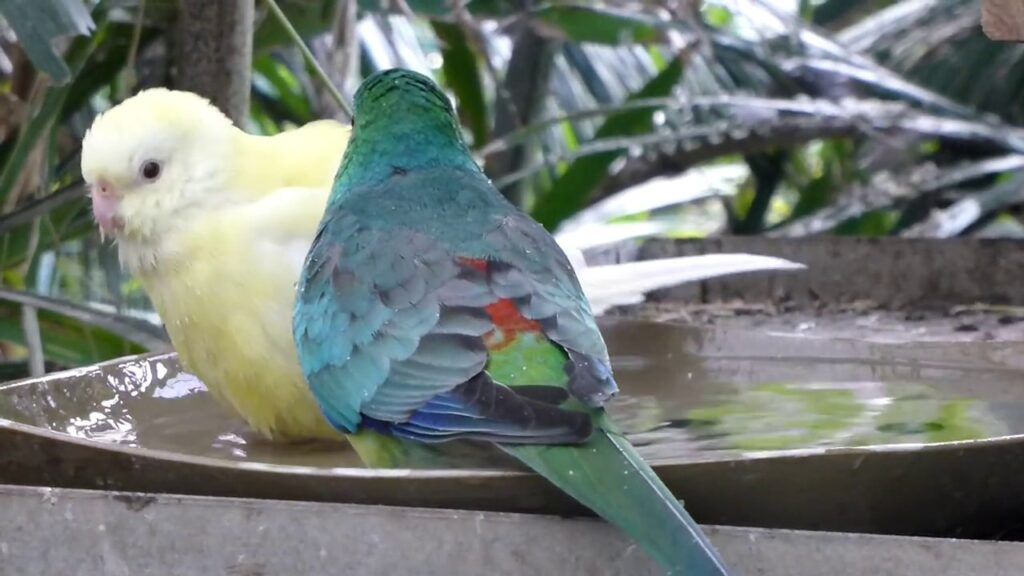
Red Rumped Parrots are social birds that thrive in flocks, especially outside the breeding season. They are often seen in pairs or small groups, but larger gatherings are not uncommon. These parrots are playful and curious, engaging in acrobatic flight and ground foraging. Their lively behavior and bright personalities make them a favorite among birdwatchers.
When interacting with each other, Red Rumped Parrots communicate through a variety of chirps and whistles. These vocalizations help them maintain contact with the group and establish their presence in their territory.
Conservation Status: A Thriving Species
Currently, the Red Rumped Parrot is not considered to be at risk. It has a stable population throughout its range and is listed as of “Least Concern” by the International Union for Conservation of Nature (IUCN). However, like many species, it is still important to protect their natural habitats from deforestation and human encroachment.
In urban areas, these parrots have also adapted to living in gardens and parks, which provides them with an opportunity to coexist with humans. This adaptability has contributed to their ability to thrive in both the wild and in more developed regions.
Why Should We Care About the Red Rumped Parrot?
The Red Rumped Parrot is an essential part of Australia’s biodiversity, playing a key role in maintaining healthy ecosystems. By dispersing seeds and pollens, they help in the regeneration of native plant species. Additionally, their bright colors and engaging behavior bring joy to anyone lucky enough to observe them in the wild.
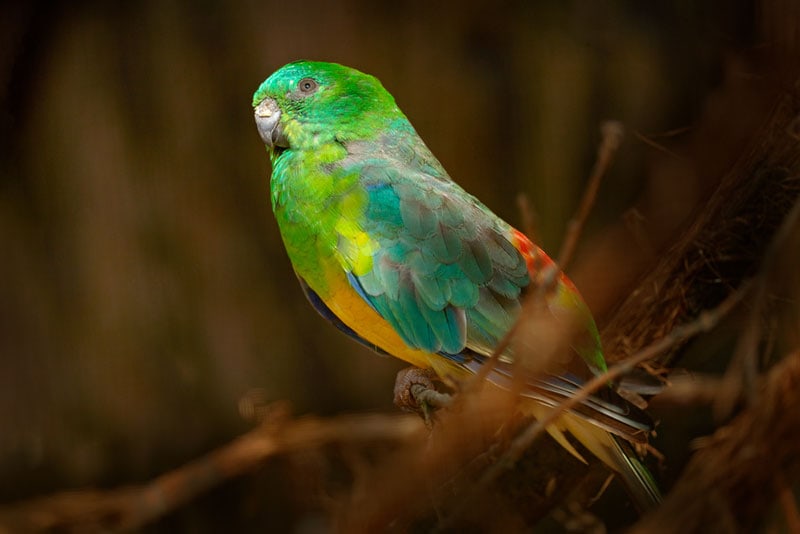
Conservation efforts that protect the habitats of these beautiful birds will ensure that future generations can continue to marvel at their vibrant presence. Encouraging responsible land management and protecting Australia’s rich natural environments is vital for preserving these colorful aviators.
Conclusion
The Red Rumped Parrot is a symbol of the diverse and dynamic wildlife of Australia. With its vivid plumage, playful nature, and widespread presence, it stands as a reminder of the importance of preserving natural habitats and maintaining biodiversity. Whether you are an avid birdwatcher or simply an admirer of nature’s beauty, the Red Rumped Parrot is a species that never fails to impress.
If you ever find yourself in Australia, keep your eyes peeled and your binoculars ready – the dazzling Red Rumped Parrot may just be nearby, offering a delightful display of color and charm!

